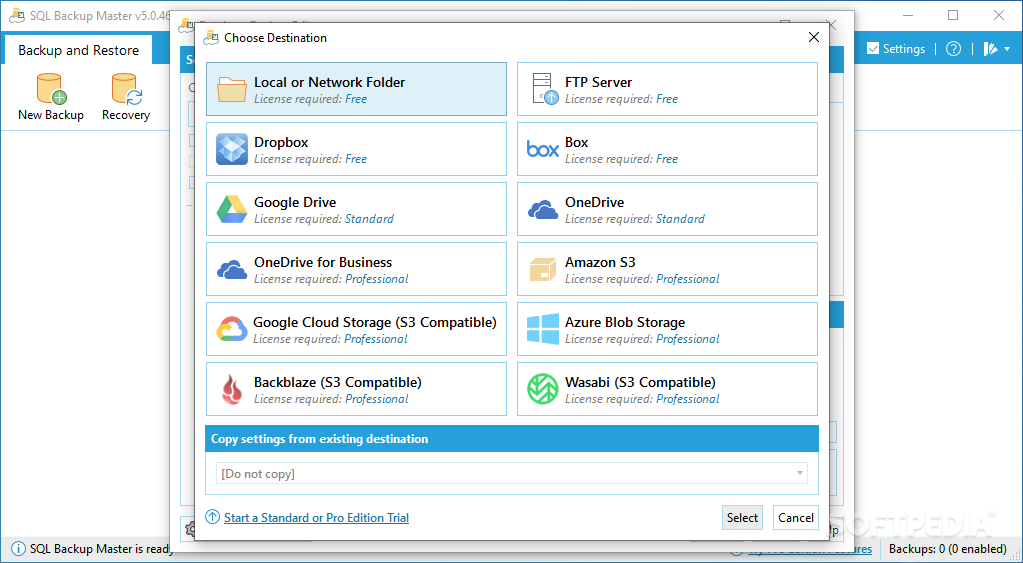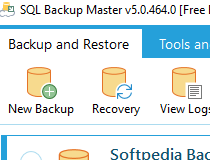


Make sure you have a SQL Server instance running in Azure.When the data transfer is complete, coordinator confirms the commit with the backup service.īefore you start, verify the following requirements:

The data is encrypted and stored by the Azure Backup service in storage accounts. The plugin sends the data directly to the Recovery Services vault, thus eliminating the need for a staging location. Once you trigger configure protection on the selected databases, the backup service sets up the coordinator with the backup schedules and other policy details, which the extension caches locally on the VM.Īt the scheduled time, the coordinator communicates with the plugin and it starts streaming the backup data from the SQL server using VDI. If this occurs follow these instructions. If you didn't create the SQL Server VM from Azure Marketplace, you might receive an error UserErrorSQLNoSysadminMembership. Azure Backup uses the NT AUTHORITY\SYSTEM account for database discovery/inquiry, so this account needs to be a public login on SQL. The NT SERVICE\AzureWLBackupPluginSvc account is a Virtual Service Account, and so doesn't require any password management. This account is used for backup and restore and requires SQL sysadmin permissions. To be able to discover databases on this VM, Azure Backup creates the account NT SERVICE\AzureWLBackupPluginSvc. While the coordinator is responsible for triggering workflows for various operations like configure backup, backup and restore, the plugin is responsible for actual data flow. This extension consists of a coordinator and a SQL plugin. Once you specify the SQL Server VM that you want to protect and query for the databases in it, Azure Backup service will install a workload backup extension on the VM by the name AzureBackupWindowsWorkload extension. This solution leverages the SQL native APIs to take backups of your SQL databases. For any queries/access, write to us at view the backup and restore scenarios that we support today, see the support matrix. This unique offering combines the goodness of snapshots, leading to a better RTO and low impact on the server along with the benefits of frequent log backups for low RPO. Snapshot-based backup for SQL databases in Azure VM is now in preview.


 0 kommentar(er)
0 kommentar(er)
